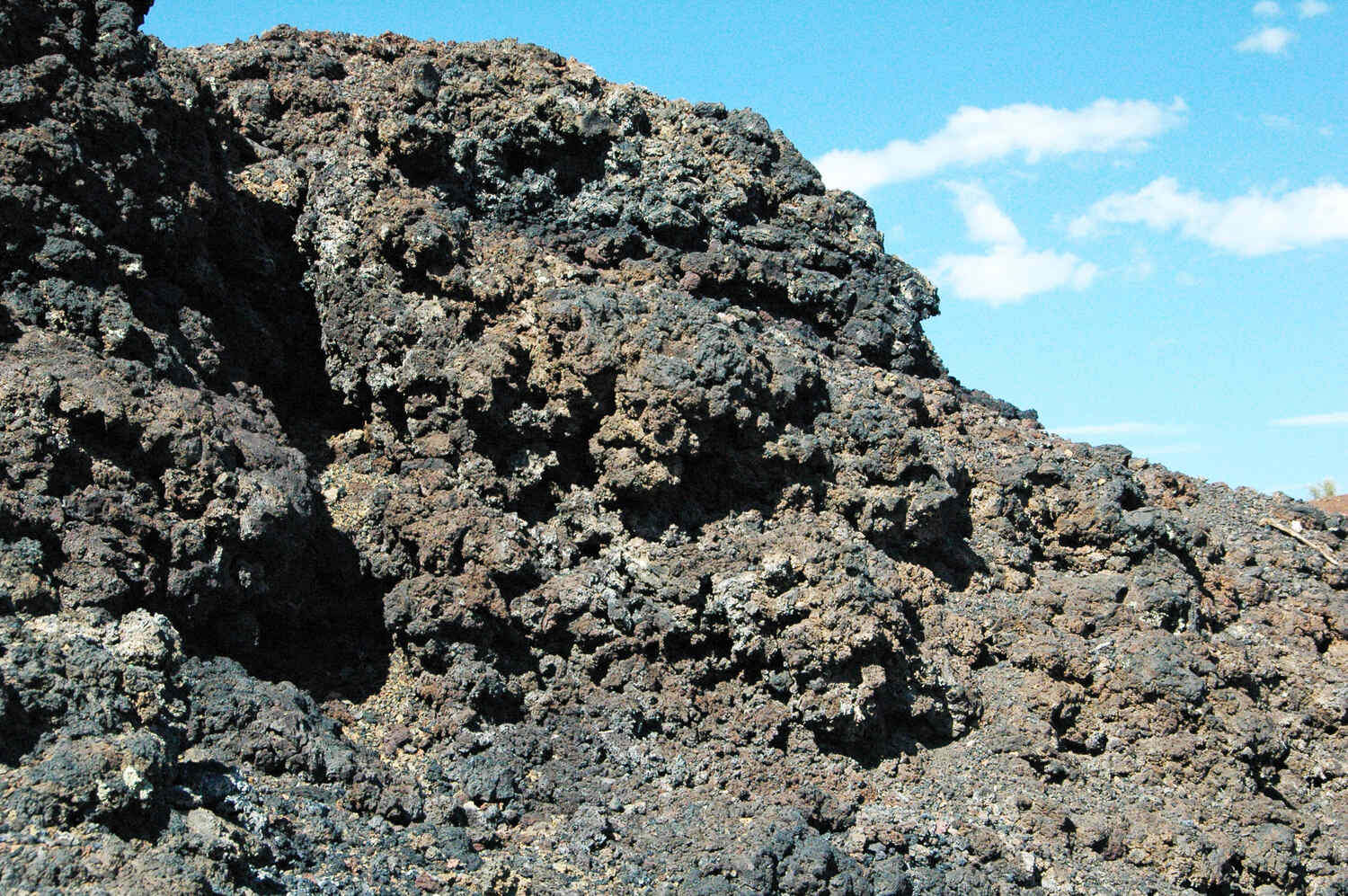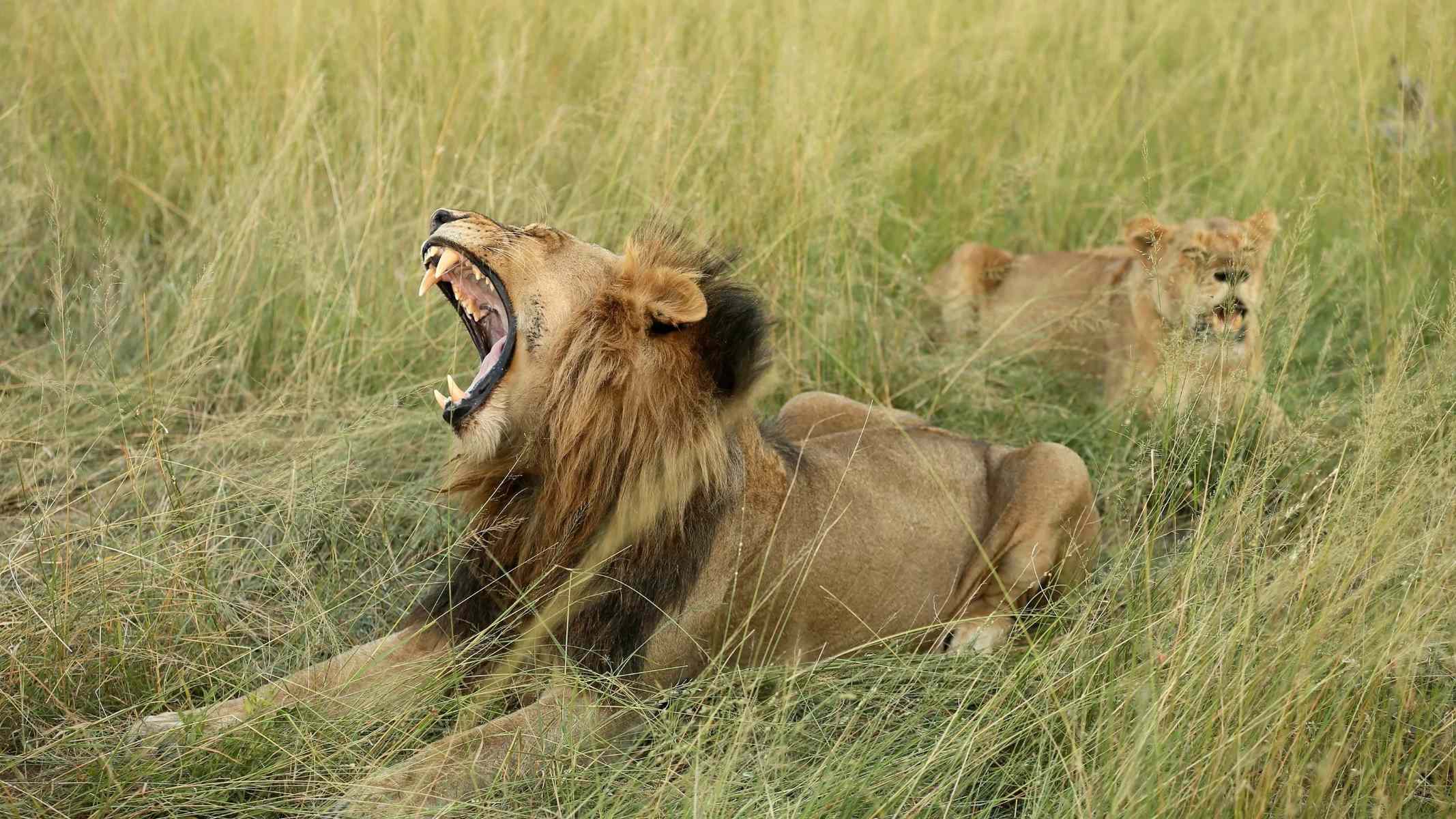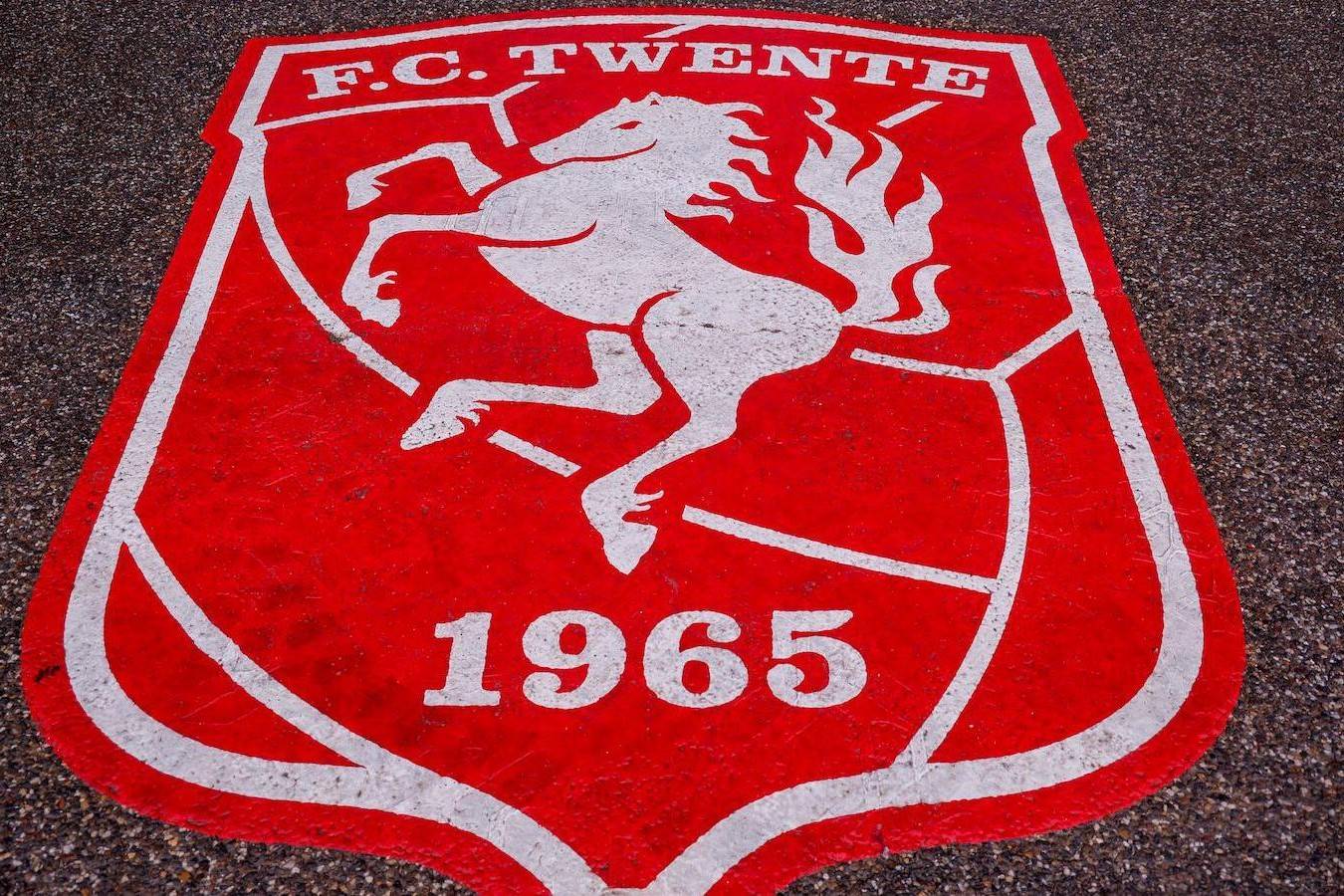
Volcanic rock is more than just a cool thing you find on a hike. It's a window into Earth's fiery past. Ever wondered how these rocks form? Volcanic rocks come from molten lava that cools and solidifies. They can tell us a lot about volcanic eruptions and the Earth's interior. Did you know some volcanic rocks can float on water? That's because they have lots of tiny air pockets. These rocks are also used in construction and landscaping. From basalt to pumice, each type has unique features. Ready to learn more? Let's dive into 37 amazing facts about volcanic rock!
Key Takeaways:
- Volcanic rock, formed from rapidly cooling lava, comes in various types with unique properties. It has practical uses in construction, landscaping, and even water filtration systems.
- Volcanic rock not only shapes the Earth's landscape but also has historical and cultural significance. It's used in traditional jewelry, art, and even has protective and healing properties in some cultures.
What is Volcanic Rock?
Volcanic rock, also known as extrusive igneous rock, forms when magma erupts from a volcano and cools quickly on the Earth's surface. This rapid cooling results in fine-grained textures and unique properties.
- Volcanic rock is primarily composed of minerals like feldspar, quartz, and mica.
- It forms from lava that cools and solidifies on the Earth's surface.
- The texture of volcanic rock can be glassy, fine-grained, or vesicular (full of holes).
Types of Volcanic Rock
There are several types of volcanic rock, each with distinct characteristics and formation processes.
- Basalt is the most common type of volcanic rock, making up about 90% of all volcanic rock on Earth.
- Rhyolite is a high-silica volcanic rock that often has a pink or light gray color.
- Andesite is an intermediate volcanic rock found in volcanic arcs above subduction zones.
- Obsidian is a natural volcanic glass formed from rapid cooling of high-silica lava.
- Pumice is a light, porous volcanic rock that can float on water due to its high gas content.
Formation and Cooling Process
The formation and cooling process of volcanic rock significantly influence its texture and appearance.
- Rapid cooling of lava on the Earth's surface leads to the formation of fine-grained volcanic rock.
- Slow cooling allows larger crystals to form, resulting in coarse-grained textures.
- Volcanic rock can also form underwater, creating pillow lava structures.
- The presence of gas bubbles in lava can create vesicular textures in volcanic rock.
Uses of Volcanic Rock
Volcanic rock has various practical applications due to its unique properties.
- Pumice is used as an abrasive in cleaning and polishing products.
- Basalt is commonly used in construction for road base, concrete aggregate, and as building stone.
- Volcanic rock is used in landscaping for decorative purposes and as mulch.
- Obsidian has been used historically for making sharp tools and weapons.
- Volcanic rock can be used in water filtration systems due to its porous nature.
Volcanic Rock and the Environment
Volcanic rock plays a significant role in shaping the Earth's landscape and influencing the environment.
- Volcanic eruptions can create new landforms, such as islands and mountains.
- The weathering of volcanic rock contributes to soil formation and nutrient cycling.
- Volcanic rock can store carbon dioxide, helping to mitigate climate change.
- Volcanic ash from eruptions can impact air quality and climate patterns.
Interesting Facts About Volcanic Rock
Here are some fascinating tidbits about volcanic rock that highlight its unique characteristics and historical significance.
- The Giant's Causeway in Northern Ireland is made up of about 40,000 interlocking basalt columns.
- The black sand beaches of Hawaii are composed of tiny fragments of volcanic rock.
- Volcanic rock can be found on other planets, such as Mars and the Moon.
- The ancient Romans used volcanic rock to build durable structures like the Pantheon.
- Volcanic rock can contain valuable minerals and metals, such as gold and copper.
Volcanic Rock in Culture and Mythology
Volcanic rock has also found its place in various cultures and mythologies around the world.
- In Hawaiian mythology, Pele is the goddess of volcanoes and creator of volcanic rock.
- The ancient Greeks believed that volcanic eruptions were caused by the god Hephaestus working in his forge.
- Volcanic rock has been used in traditional jewelry and art in many cultures.
- Some cultures believe that volcanic rock has protective and healing properties.
Volcanic Rock and Modern Science
Modern science continues to study volcanic rock to understand Earth's processes and history.
- Geologists use volcanic rock to study past volcanic activity and predict future eruptions.
- Volcanic rock samples from the ocean floor provide insights into plate tectonics and seafloor spreading.
- The study of volcanic rock helps scientists understand the composition of Earth's mantle.
- Volcanic rock can be used to date geological events through radiometric dating techniques.
- Researchers are exploring the potential of volcanic rock for carbon capture and storage.
Volcanic Rock and Human History
Volcanic rock has played a crucial role in human history, from ancient tools to modern technology.
- Early humans used obsidian to create sharp tools and weapons.
- Volcanic rock has been used in construction for thousands of years, from ancient temples to modern buildings.
The Final Eruption
Volcanic rocks hold a treasure trove of fascinating facts. From their formation deep within the Earth's mantle to their diverse types like basalt, pumice, and obsidian, these rocks tell stories of our planet's fiery past. They play crucial roles in shaping landscapes, creating fertile soils, and even influencing climate patterns. Volcanic rocks also have practical uses in construction, art, and industry. Their unique properties, such as lightweight pumice for abrasives or dense basalt for building, make them invaluable. Understanding these rocks helps us appreciate the dynamic processes that continue to shape our world. So next time you see a piece of volcanic rock, remember it's more than just a stone; it's a piece of Earth's history. Keep exploring, stay curious, and let the wonders of geology inspire you.
Frequently Asked Questions
Was this page helpful?
Our commitment to delivering trustworthy and engaging content is at the heart of what we do. Each fact on our site is contributed by real users like you, bringing a wealth of diverse insights and information. To ensure the highest standards of accuracy and reliability, our dedicated editors meticulously review each submission. This process guarantees that the facts we share are not only fascinating but also credible. Trust in our commitment to quality and authenticity as you explore and learn with us.


